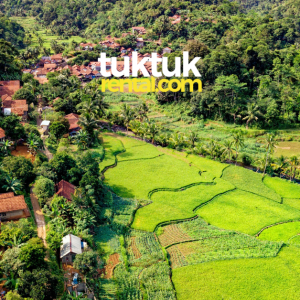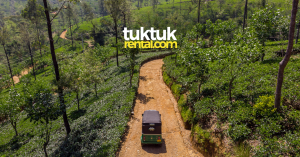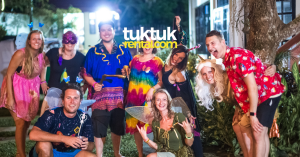Author: Avantika Chaturvedi; Website; Instagram
Sri Lanka is a land of ancient traditions, warm hospitality and it is also known for its diverse landscapes. Many people know its beaches and historic sites, however, the country offers much more if you look beyond the obvious. Sri Lanka’s cultural richness lies in the daily lives of its people. By joining local experiences, you can form deeper connections. Also, you get to support communities and leave with more than just memories.
Are you a culturally curious traveller? Authentic Sri Lankan experiences can make your vacation more meaningful. Look beyond the usual tourist hotspots. Sri Lanka offers many chances to explore, learn, and immerse yourself in its culture. This guide will help enrich your journey with top cultural experiences.
Live Like a Local in a Rural Village Homestay
Even though the tourist trail is famous, but escaping it can be rewarding. Immerse yourself in the daily life of a Sri Lankan village. This can be a top cultural experience. Homestays in places like Hiriwadunna connect you with local families. You can learn traditional farming techniques. You might even help cook meals with fresh produce. This helps you appreciate Sri Lanka’s agrarian lifestyle. It has remained largely unchanged for centuries.
Also, village homestays also support sustainable tourism. They ensure local communities directly benefit from your travels. By staying with a local family, you help preserve their traditions and you help communities thrive in a modern world. It is a win-win for everyone.
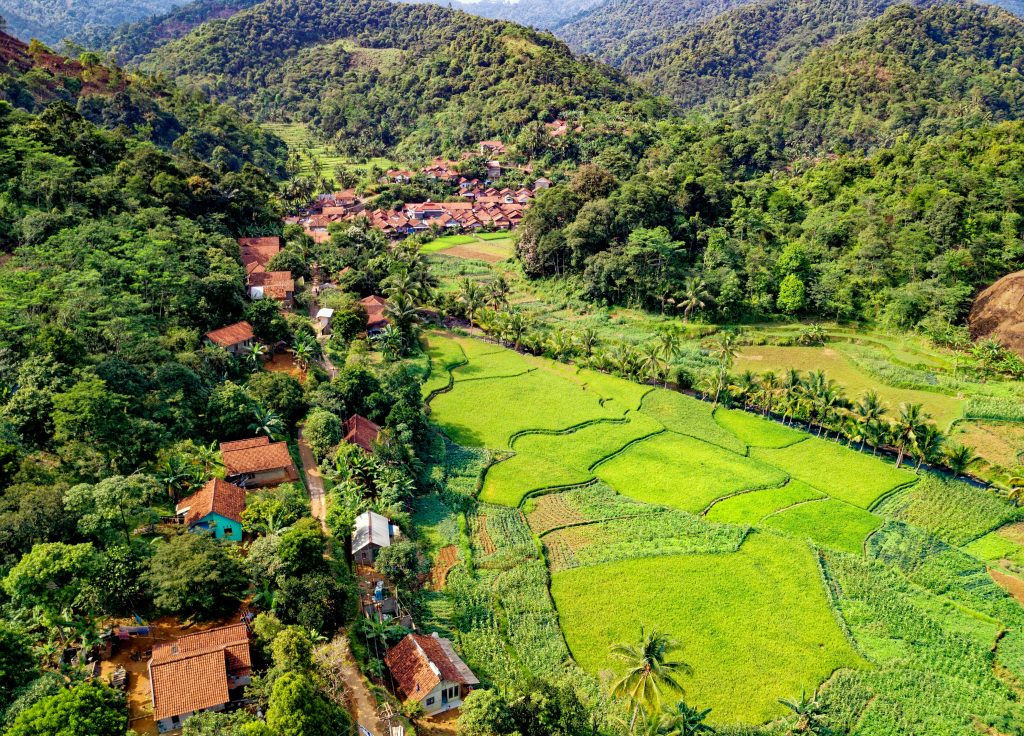
Take a Traditional Sri Lankan Cooking Class
Food is the heart of any culture. A hands-on cooking class is a perfect way to understand Sri Lanka’s food traditions. You can join a local chef in most tourist hotspots. These include Galle, Kandy, and Ella. You will prepare classic dishes like hoppers, dhal curry, and coconut sambol. Many classes take place in family homes, adding a personal touch.
Most cooking classes start with a visit to a local market. Here, you can learn about native produce like jackfruit and gotu kola. These experiences teach you how to make Sri Lankan food, also, they deepen the connection between food and culture. This is perfect for travellers who want to bring home the flavours of Sri Lanka.
Join a Pilgrim Journey to Adam’s Peak
Adam’s Peak is known as one of Sri Lanka’s best hikes, also, it has a deep cultural heritage. For centuries, Adam’s Peak (Sri Pada) has been a sacred site. It is important for Buddhists, Hindus, Muslims, and Christians. The climb is usually done overnight and leads to an unforgettable sunrise.
You will share the path with local pilgrims, so this allows you to experience the spiritual devotion that makes this trek so profound. The pilgrimage season is from December to May, generally, during this time, thousands of devotees make the climb as an act of faith. You will pass small tea shops for a warm cup of sweet milk tea. The journey is marked by temple bells, chanting, and drumming. This adds to the mystical atmosphere.

Participate in a Traditional Kandyan Dance Workshop
Kandyan dance, or Uda Rata Natum, is a traditional dance from the Kandy region. It is one of Sri Lanka’s most iconic and oldest dance forms. Its roots connect deeply to the country’s cultural and religious practices. The dance expresses devotion. It is often part of religious ceremonies in Buddhist temples. It dates back to the era of Kandyan kings and is rooted in folklore.
Watching a performance is a meaningful experience, however, joining a workshop in Kandy can be even more fruitful. Here you can learn the intricate footwork and symbolic gestures yourself.
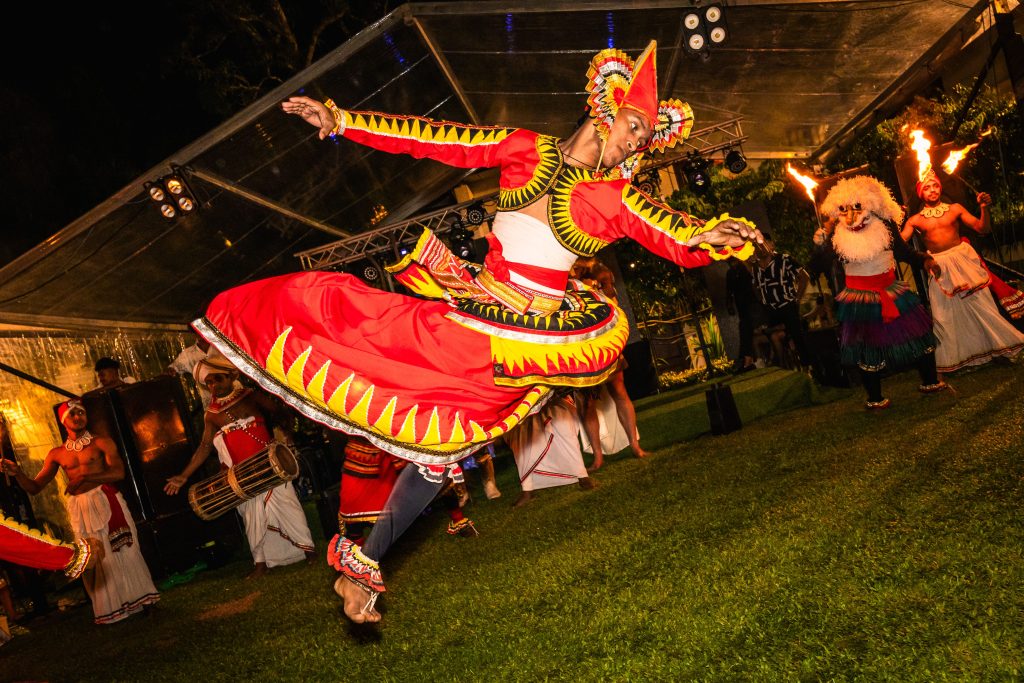
Experience Tea Plucking in the Hill Country
Most workshops teach several key elements. You will learn bold and dynamic footwork, also they cover elegant hand gestures that convey emotion and spirituality, additionally, you can learn traditional “Geta Bera” drumming techniques. Some classes even show you how to dress in the elaborate, colourful costume. This hands-on experience provides a deeper appreciation for this important art form.
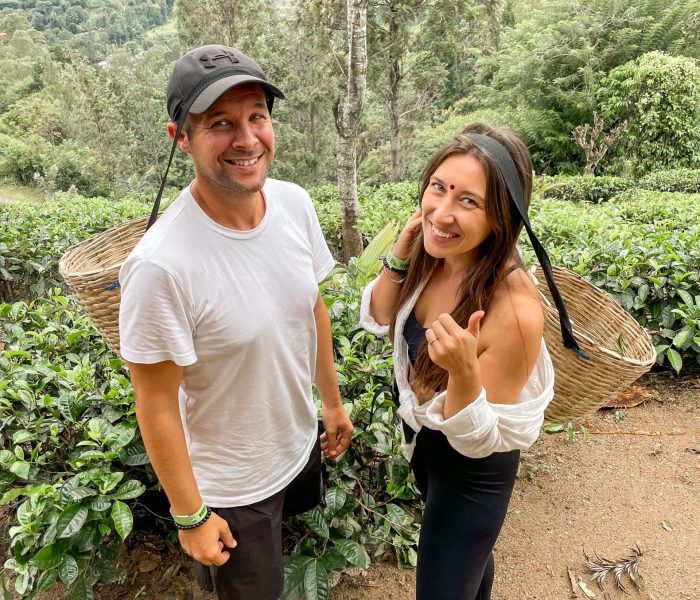
Explore Ancient Monastic Life in Anuradhapura
Anuradhapura is one of the world’s oldest continuously inhabited cities. It offers a glimpse into Sri Lanka’s spiritual past, also, you can observe monks going about their daily routines. For a deeper experience, consider staying in a monastery. The ancient city has vast ruins. They are a testament to Sri Lanka’s rich Buddhist heritage.
Learn the Art of Batik and Handloom Weaving
Sri Lanka has a rich tradition of textile craftsmanship and this is especially true for batik and handloom weaving. In places like Matale or Galle, you can visit workshops. Here, skilled artisans create intricate designs using age-old techniques.
Attend a Traditional Sri Lankan Wedding
Experiencing a local wedding is a window into the country’s deep-rooted customs. Weddings in Sri Lanka are vibrant and music-filled and they are also full of cultural significance. They feature elaborate Kandyan attires and blessings by Buddhist monks and, if you get an invitation, you will witness traditional poruwa ceremonies, also, you will see hypnotic drumming. The celebrations include huge feasts. This offers a unique look at social traditions.
Your best chance to get invited is by staying at a traditional homestay and you could also use apps like Couchsurfing to connect with locals, then, hope a neighbor or relative is getting married during your visit!
Discover Sri Lanka’s Indigenous Veddah Culture
Who Are the Veddah People?
They are considered Sri Lanka’s original forest dwellers. They share cultural similarities with other indigenous groups in South Asia. Some scholars believe they descend from tribes in Sri Lankan mythology. Others suggest links to prehistoric hunter-gatherers, so, their language may have connections to both early Dravidian and Austroasiatic groups.
Modern Challenges and Preservation
The Veddahs have preserved their ancient way of life for centuries however, today they face rapid displacement due to deforestation and urban expansion, also, government policies have also pushed them from their traditional lands. Many Veddah people have now assimilated into mainstream communities, so, they have adopted farming while struggling to preserve their unique identity.
Witness a Traditional Ayurvedic Healing Ritual
Sri Lanka is renowned for Ayurveda, an ancient healing system. It emphasizes holistic well-being through natural remedies and a balanced lifestyle. The island is home to many Ayurvedic centres, spas, and retreats. They offer detox programs, herbal therapies, and wellness treatments.
Authentic retreats can be found in places like Kandy, Sigiriya, and Bentota. They feature traditional practitioners who use medicinal plants and holistic therapies, also some centres offer interactive experiences. This allows you to learn about herbal remedies and even help prepare them.
Celebrate the Esala Perahera Festival in Kandy
The Esala Perahera is one of Sri Lanka’s most spectacular festivals. This grand procession is held annually in Kandy. It blends Buddhist rituals, cultural performances, and ancient traditions. The festival takes place in July or August. It honours the Sacred Tooth Relic of the Buddha. This relic is housed in the Temple of the Tooth in Kandy.
The Esala Perahera is a 10-day festival. It consists of five main processions. The grandest is the Randoli Perahera, which takes place on the final days. This festival features dancers, drummers, and fire performers. It is a must-see cultural experience in Sri Lanka.
You might also consider downloading the Tuktukrental Travel App. It features offline maps, offbeat recommendations and even helps fellow tuktuk-ers on the road connect for information or just a few post drive beers – or the local Sri Lankan arrack if you are feeling adventurous!

